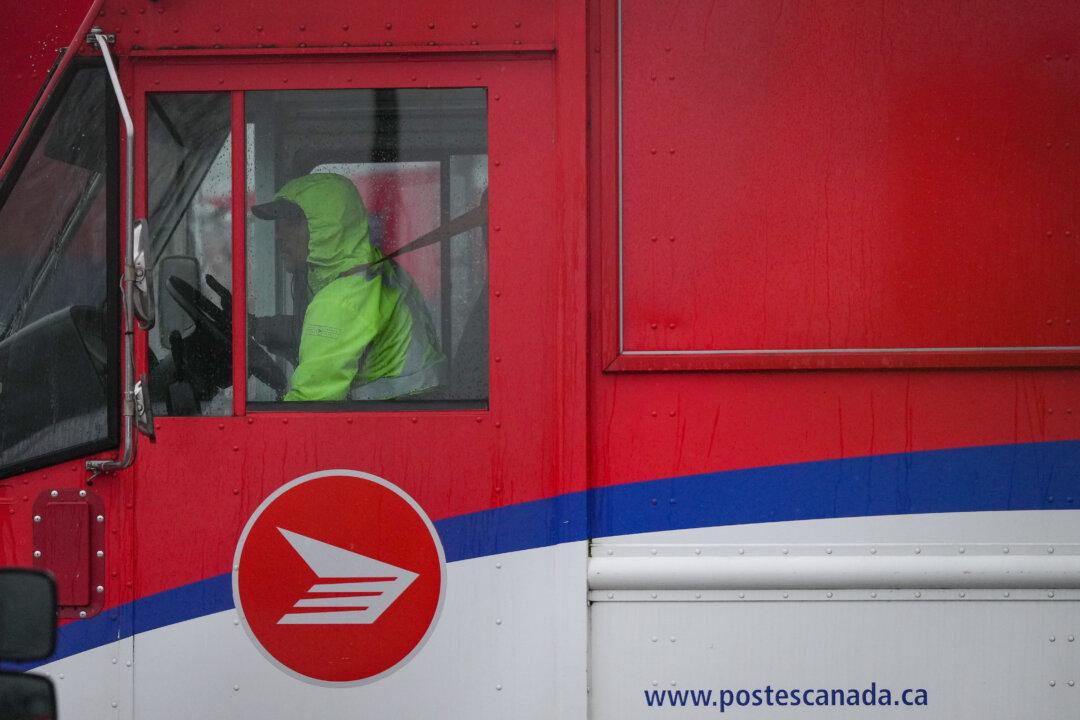Hundreds of public servants and downtown workers trudged shoulder to shoulder down the sidewalk on the outskirts of Ottawa’s core on a dreary October 2019 morning, making an unexpected march to work.
Laptop bags slung over their shoulders, the crowd followed the route of the newly opened Confederation LRT line where trains had come to a sudden standstill. The public later found a rider at University of Ottawa station had tried to hold the door open in a dash to make the train, which somehow caused a system-wide shutdown.
It wasn’t the first mishap to strike Ottawa’s $2-billion system, or even the most dramatic, but it was the first time the transit-going public felt the full force of just how troubled their commutes would be on the line.
A provincially imposed public inquiry begins Monday to hear testimony from city staff and the consortium that built the line in an effort to find out how the capital’s largest transit project went so far off the rails.
The line has been beset with problems since the first few weeks it opened, from service delays, overcrowded platforms and stations that inexplicably smelled of sewage to derailments and showers of sparks flying off the train cars.
At one point RTM, the consortium responsible for maintaining the line, reported the wheels were no longer round, prompting a train shortage.
One of the earliest ill omens for the project appeared years earlier in 2016, when a major downtown street opened up and swallowed an unoccupied van above the tunnel for the underground track.
The project, which was supposed to be handed over to the city on May 24, 2018, was delivered 456 days behind schedule.
City council initially voted against the idea of having a judge look into the long string of breakdowns and derailments on the line, but in late 2021 the Ontario government made the decision for them.
Ontario Appeal Court Justice William Hourigan was appointed commissioner with a mandate to investigate what went wrong.
Hourigan and his team have already listened intently to two full days of public meetings, where residents were invited to air their grievances with the system.
The formal hearings, which are expected to happen daily for the next three weeks, will feature testimony from 41 witnesses, including city staff, elected officials and representatives from the companies that built and maintain the line.
Hourigan and his counsel will hear first from the city’s former director of rail implementation John Jensen, who was responsible for the procurement of the project.
In an interview with the commission’s counsel under oath, Jensen said the procurement was ultimately led by Infrastructure Ontario, a provincial Crown agency, and that the agency’s template became the basis of the project agreement with the contractor.
Jensen was also questioned about how the city and the contractor settled on the train model that is thought to have been the source of many of the technical issues with the line.
Later in the afternoon they will hear from Riccardo Cosentino, who served as the vice-president of investments for SNC-Lavalin, one of the construction consortium’s parent companies.
The commission has until Aug. 31 to deliver a final report on its findings to the Ontario transportation minister with recommendations to prevent future projects from suffering a similarly bumpy ride.





